

Find writing prompts, lessons, projects, and more for every grade from the 826 Network, the largest youth writing network in the United States. Browse our curated collections here. Explore all content in the Resource Library.


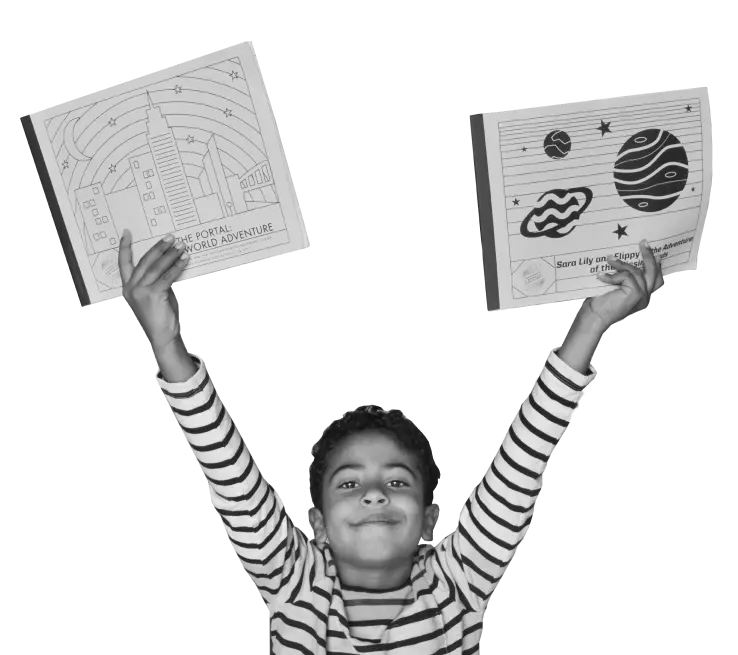



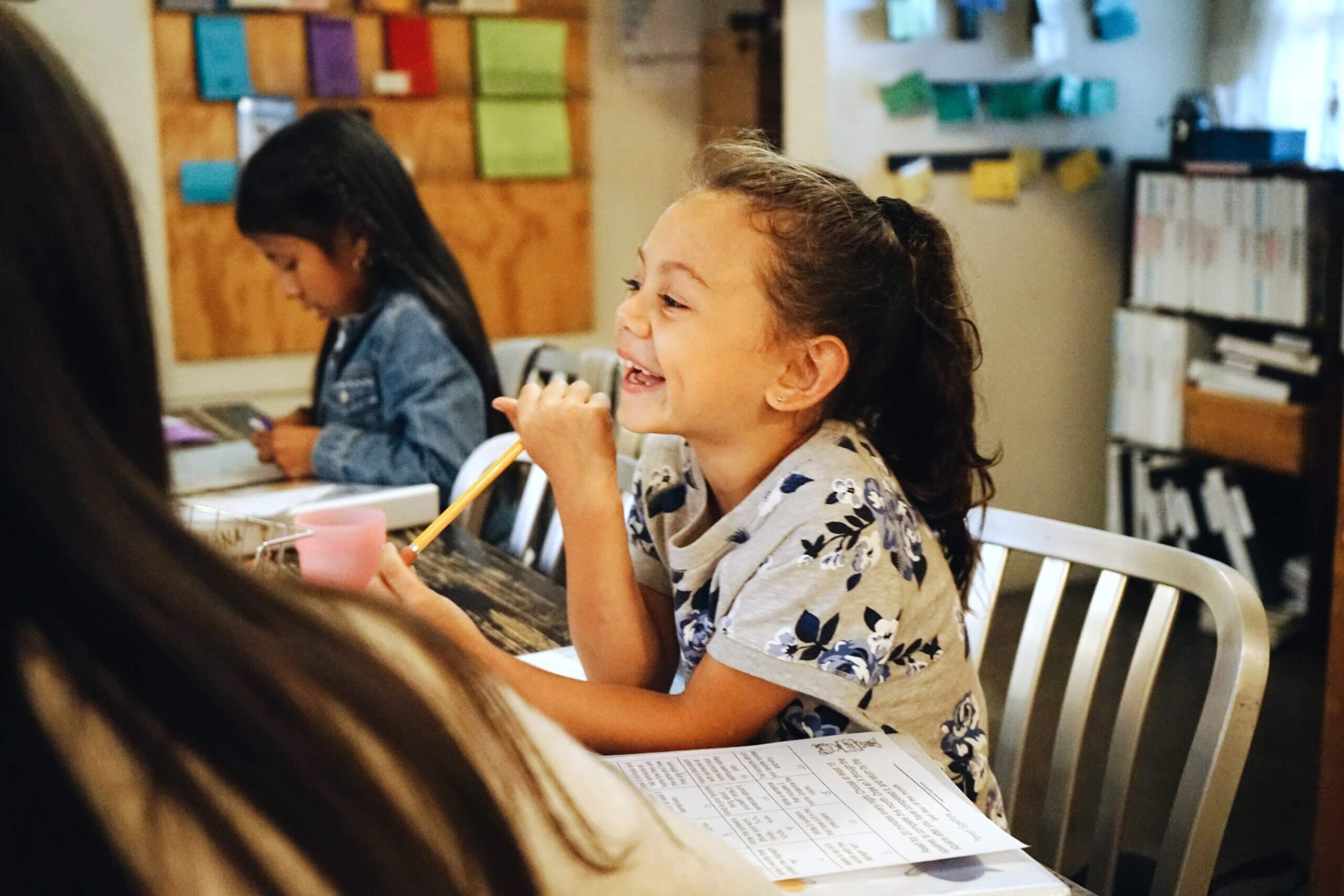
In this lesson, students will go through the steps in the writing process (pre-writing, drafting, revising, editing, publishing) to produce a zine that highlights what makes them special.
In this lesson, students will go through the steps in the writing process (pre-writing, drafting, revising, editing, publishing) to produce a zine that highlights what makes them special.
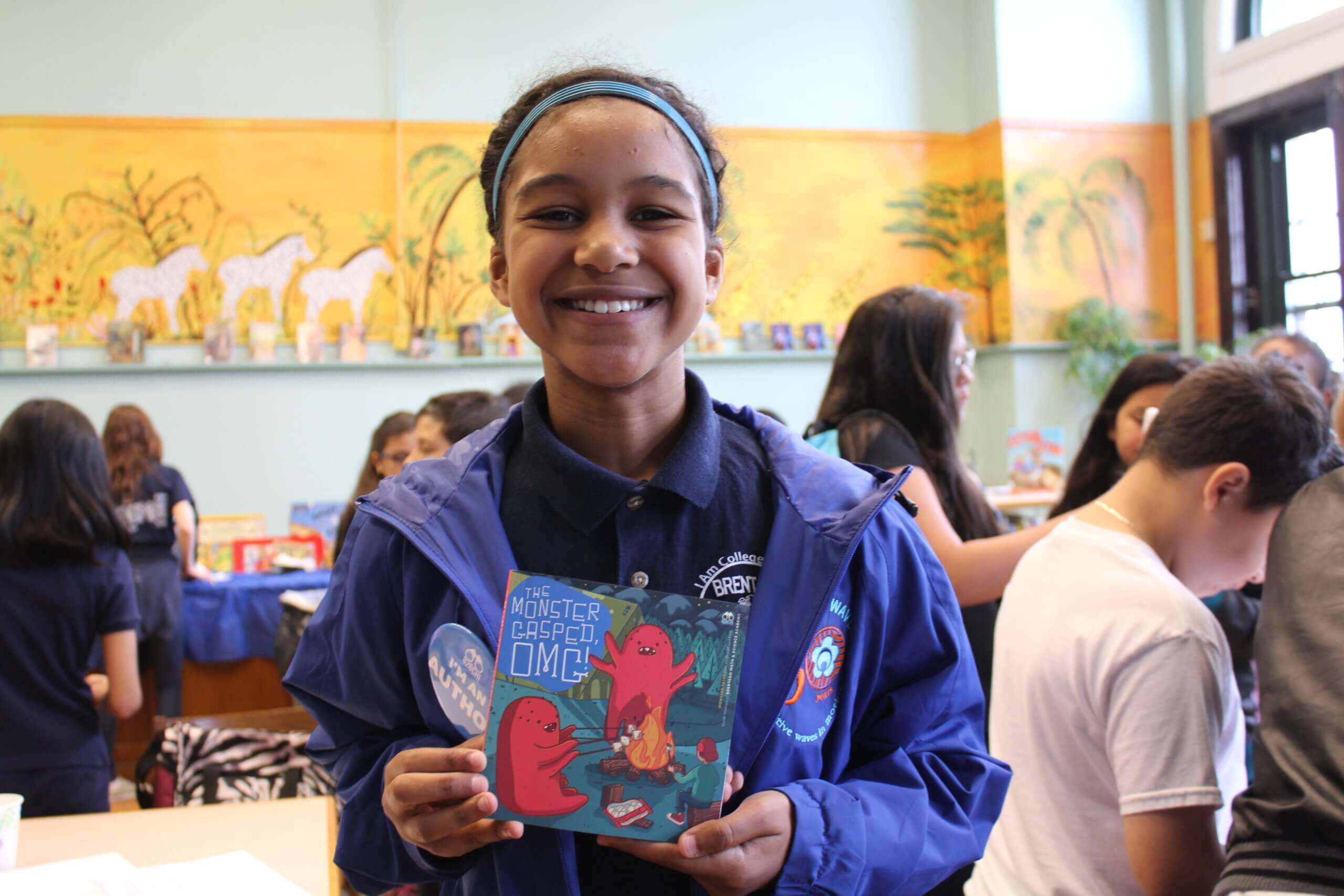
Students will work in a collaborative, constructive setting to create a vision for your classroom as a safe space for students and teachers.
Students will work in a collaborative, constructive setting to create a vision for your classroom as a safe space for students and teachers.
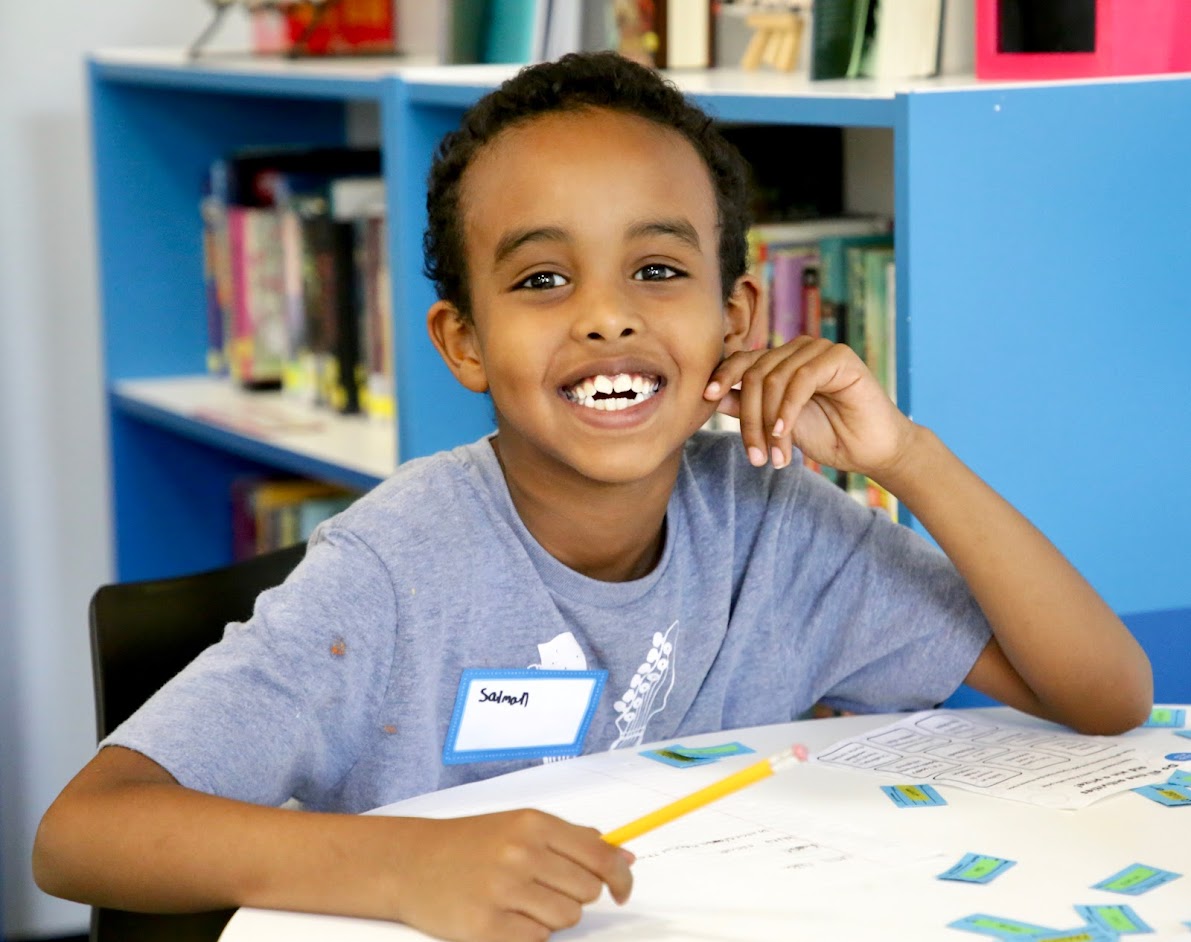
This Educator Tool provides writing resources to use during the first week of school and beyond.
This Educator Tool provides writing resources to use during the first week of school and beyond.
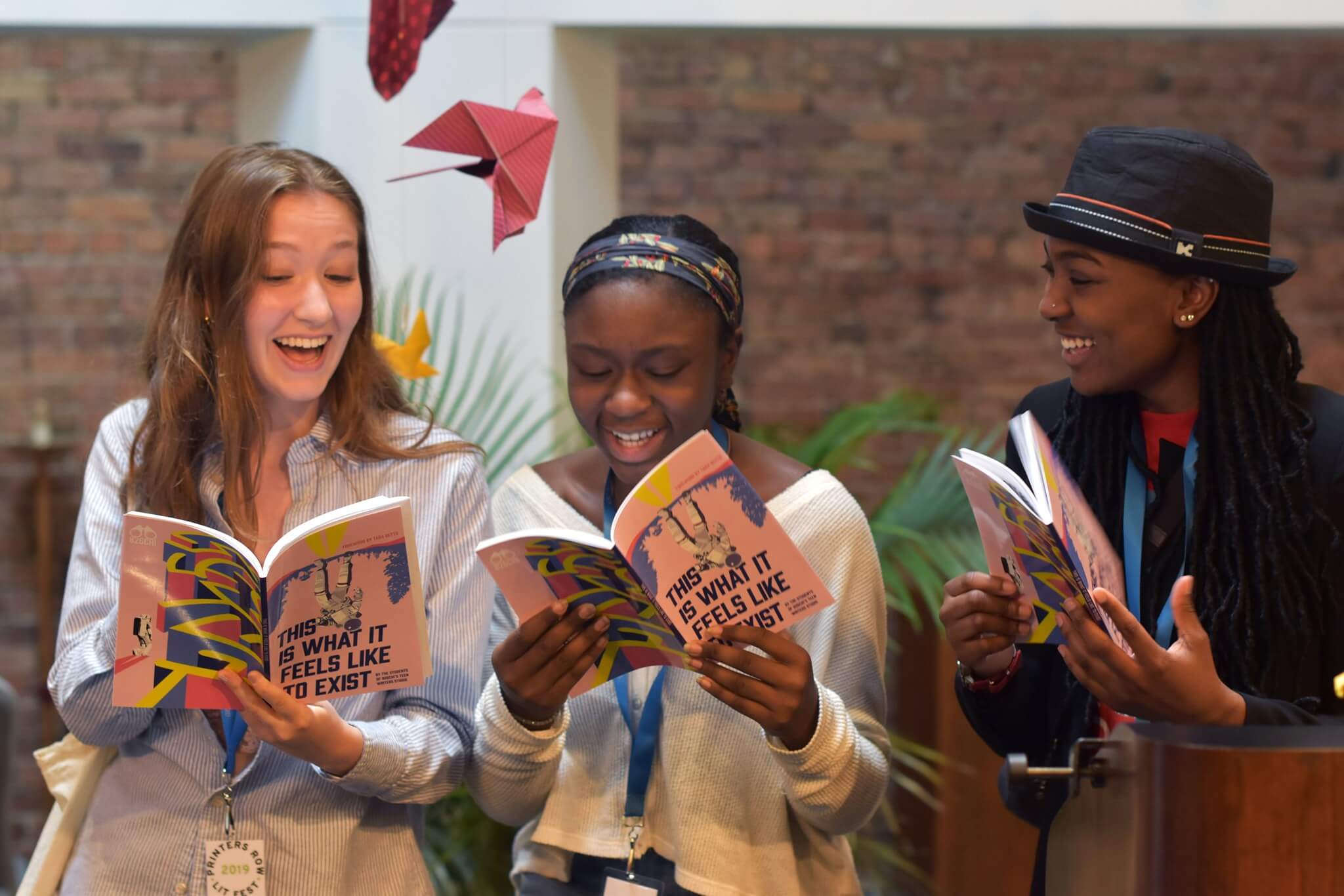
This Educator Tool is designed to help you support students along their journeys in positive identity development.
This Educator Tool is designed to help you support students along their journeys in positive identity development.
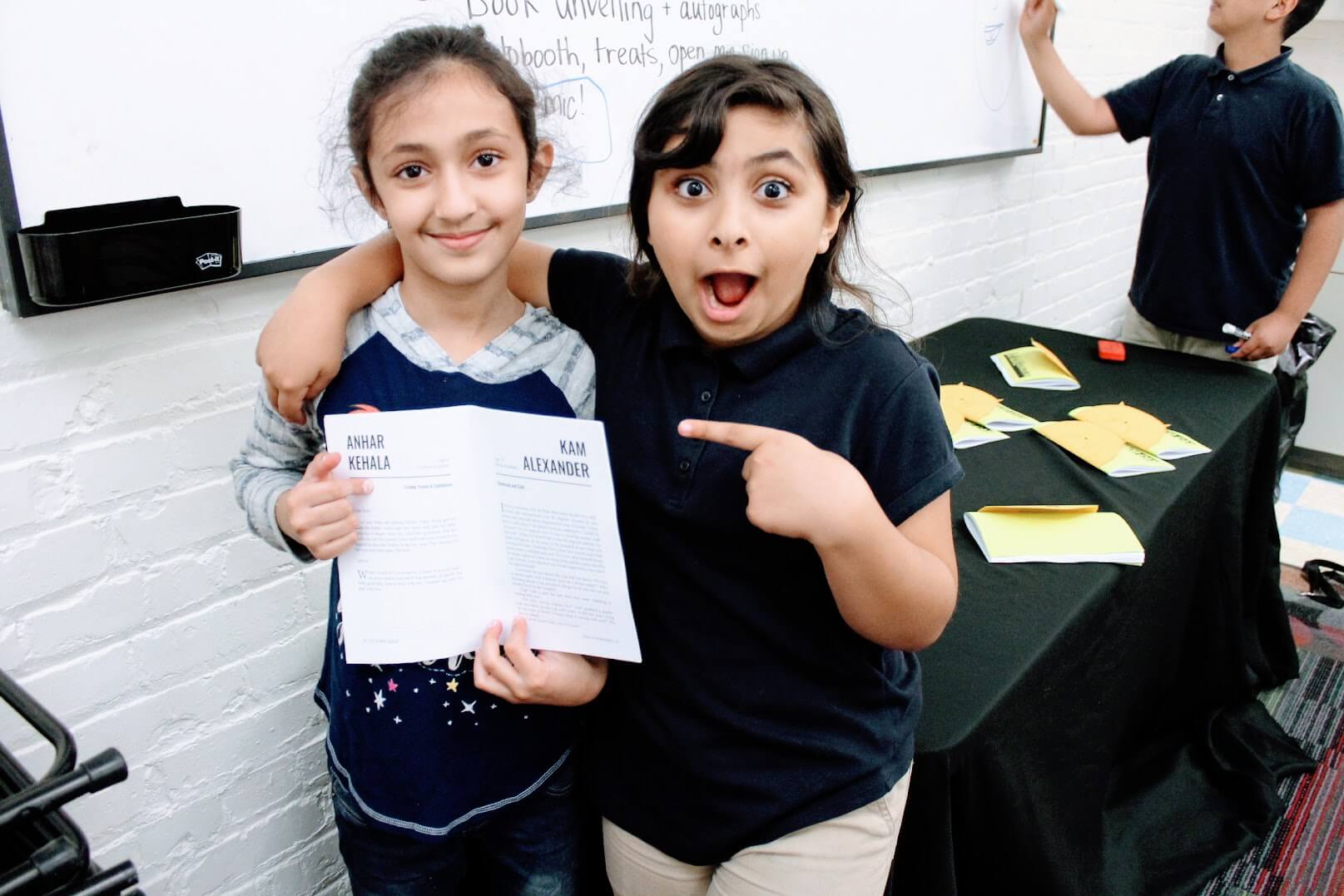
In this Lesson, students will further their understanding of how language can impact identity through the process of naming.
In this Lesson, students will further their understanding of how language can impact identity through the process of naming.
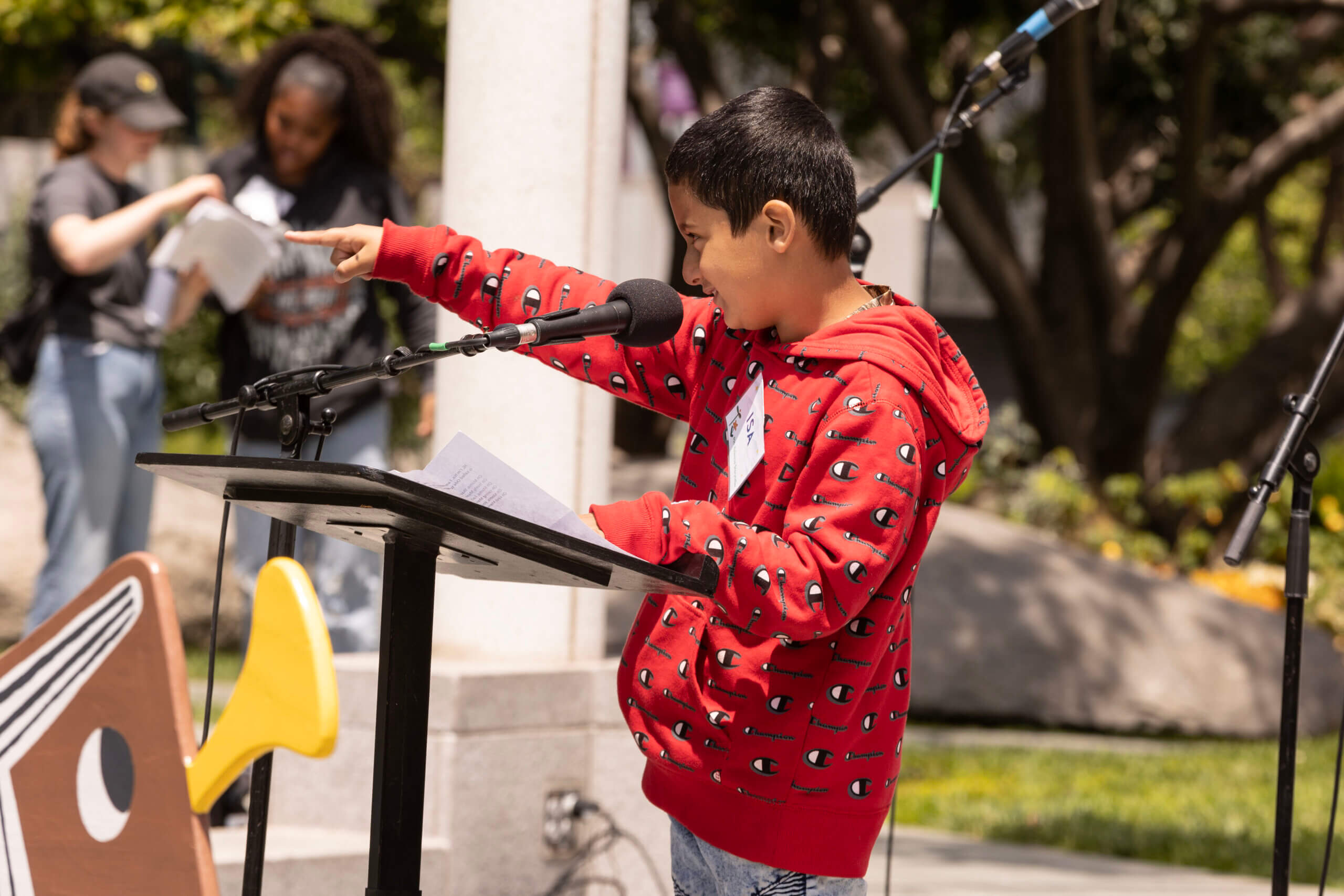
Inspired by George Ella Lyon’s original poem, this lesson guides students through naming the people, places, and things that have shaped them.
Inspired by George Ella Lyon’s original poem, this lesson guides students through naming the people, places, and things that have shaped them.
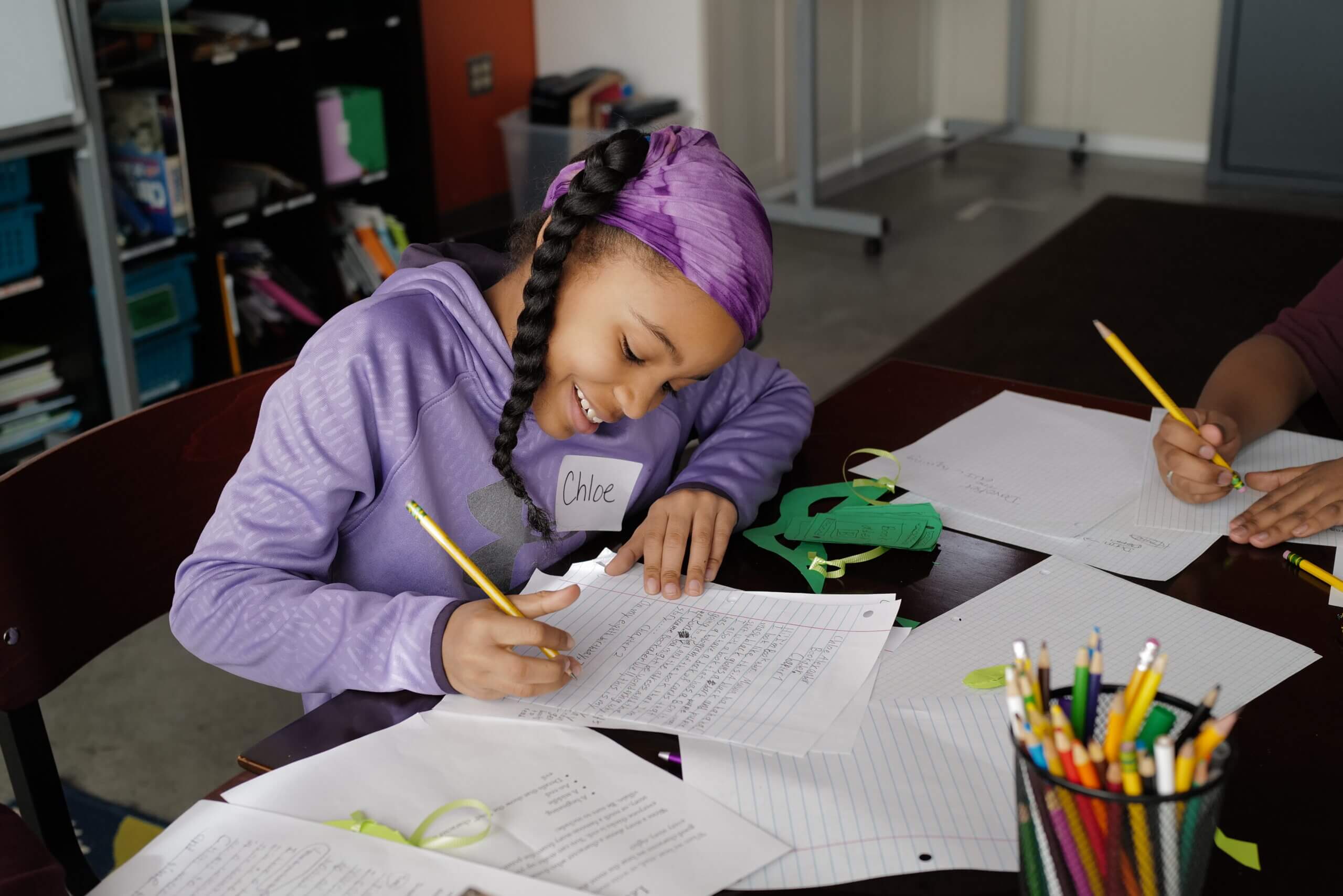
After writing about their personal and social identities, students discover that sometimes what makes us unique is what brings us together.
After writing about their personal and social identities, students discover that sometimes what makes us unique is what brings us together.
Springboard into journal writing with your students using this Educator Tool, full of prompts and ideas for implementing a regular practice.
Springboard into journal writing with your students using this Educator Tool, full of prompts and ideas for implementing a regular practice.
Students will become naturalists for the day by performing field observations and recording their thoughts in a field journal.
Students will become naturalists for the day by performing field observations and recording their thoughts in a field journal.
Author bios offer students another opportunity to express themselves, through writing, and to feel like a real author. This Spark walks students through the process of writing one.
What do you get when you mix foraging with metaphors? Metaphoraging, of course! In this interactive lesson, students will forage their learning space for metaphors.
Students engage in a variety of writing prompts to keep their skills sharp over the summer break.
Students engage in a variety of writing prompts to keep their skills sharp over the summer break.
This Educator Tool shares a variety of prompts to help you springboard into journal writing with your students.
Like a new notebook, journal writing is full of possibilities. Consider how to intentionally implement journal writing with your students with this Educator Tool. Includes a range of prompts to get started.
Writing can be a powerful tool for supporting mental health. The writing resources and activities in this Educator Tool are designed to help your students process and reflect on how they’re feeling and help them to have a little fun while they’re expressing themselves, too.
Writing can be a powerful tool for supporting mental health. The writing resources and activities in this Educator Tool are designed to help your students process and reflect on how they’re feeling and help them to have a little fun while they’re expressing themselves, too.
This Educator Tool is designed to support and inspire you and your students wherever you are in your poetry journey.
A guide to teaching and writing poetry with students in grade 3-12, featuring favorite poetry resources from across 826 Digital
A collection of 826 resources and Mentor Texts that foster creating social change through writing.
See resources to help your students use writing to create positive social change across their communities.
This resource will support educators through the process of co-creating Community Agreements with students.
Center students in the community-building process by co-creating community agreements.
This resource will support educators in building a classroom community through writing.
Find activities and Sparks for promoting inclusion, connection, and community through writing.
This tool provides educators resources for engaging in the revision process with students.
Find strategies for approaching and practicing revision, including tips from authors like Amanda Gorman and Tiphanie Yanique.
This guide offers an abundance of resources to help students practice the basic elements that make up a short story.
See resources from 826 that focus on short story elements, including plot development, characterization, conflict, and dialogue.
A flexible, stackable series of weekly writing units that invite students to write with authentic purpose.
Students will write to reflect, write to connect, write to create, and write to advocate for themselves and their community.
A flexible, stackable series of weekly writing units that invite students to write with authentic purpose.
Students will write to reflect, write to connect, write to create, and write to advocate for themselves and their community.
A flexible, stackable series of weekly writing units that invite students to write with authentic purpose.
Students will write to reflect, write to connect, write to create, and write to advocate for themselves and their community.
A flexible, stackable series of weekly writing units that invite students to write with authentic purpose.
Students will write to reflect, write to connect, write to create, and write to advocate for themselves and their community.
A guide to publishing student writing, filled with best practices from the 826 Network.
Why publish student writing? This Educator Tool dives into the many benefits of publishing student work and shares best practices for making it happen in your learning spaces.
This poetry prompt from Ada Limón invites students to consider a personal connection to an animal.
This poetry prompt from Ada Limón invites students to consider a personal connection to an animal.
Students recall “last times” in their lives and revisit the depth of their experience through writing.
Students recall “last times” in their lives and revisit the depth of their experience through writing.
Students will write a personal narrative where they describe themselves as a place. Not a specific place, but all the things a "place" consists of.
In this Spark from Jason Reynolds, students will write a personal narrative where they describe themselves as a place. Not a specific place, but all the things a "place" consists of.
This Spark asks students to write a poem that celebrates the ordinary objects and figures in their lives.
This poetry prompt from Rachel Eliza Griffiths asks students to consider the ordinary in their lives—then write a poem that celebrates those ordinary objects and figures.
What lives inside a word? Find out how to trace connections between two dissimilar words with this playful Spark from award-winning poet Aracelis Girmay.
What lives inside a word? Find out how to trace connections between two dissimilar words with this playful Spark from award-winning poet Aracelis Girmay.
Students create an identity chart and write about parts of their identity most salient to them.
Students create an identity chart and write about parts of their identity most salient to them.
Students will identify their favorite sensory memories and transfer them to a visual heart map.
Students will identify their favorite sensory memories and transfer them to a visual heart map.
In this social-emotional learning writing prompt, students create a poem that shares the "happys" in their life.
In this social-emotional learning writing prompt, students create a poem that shares the "happys" in their life.
Why does kindness count? Students consider acts of kindness that they’ve experienced and reflect on the difference that kindness makes in the world.
Why does kindness count? Students consider acts of kindness that they’ve experienced and reflect on the difference that kindness makes in the world.
In this lesson, students will imagine a narrative in the form of a craigslist advertisement to showcase a typically scary monster as a down to earth creature.
In this lesson, students will imagine a narrative in the form of a craigslist advertisement to showcase a typically scary monster as a down to earth creature.
Students learn how to pair sound words (onomatopoeia) with feelings to create vivid, specific descriptions of different emotions.
Students learn how to pair sound words (onomatopoeia) with feelings to create vivid, specific descriptions of different emotions.
Students will report about their favorite neighborhood places and write a review about the most special one.
Students will report about their favorite neighborhood places and write a review about the most special one.
Students write to process change in their communities as a result of the pandemic.
The COVID-19 pandemic changed our lives. This lesson will support students in processing the changes in their everyday lives and help them to identify the creativity their community has exhibited.
Emotions play a big role in how we remember places important to us. Students explore this notion, writing a memoirs about a significant place.
Emotions play a big role in how we remember places important to us. Students explore this notion, writing a memoirs about a significant place.
An effective writing prompt about a significant threshold.
An effective writing prompt about a significant threshold.
Students identify the power of imagery in poetry, then practice putting this power to use in a poem about their neighborhood.
Students identify the power of imagery in poetry, then practice putting this power to use in a poem about their neighborhood.

Get writing inspiration directly from authors, poets, and friends of 826.


We are thrilled to have you as the newest member of our online community. We are happy to have you in our list.
